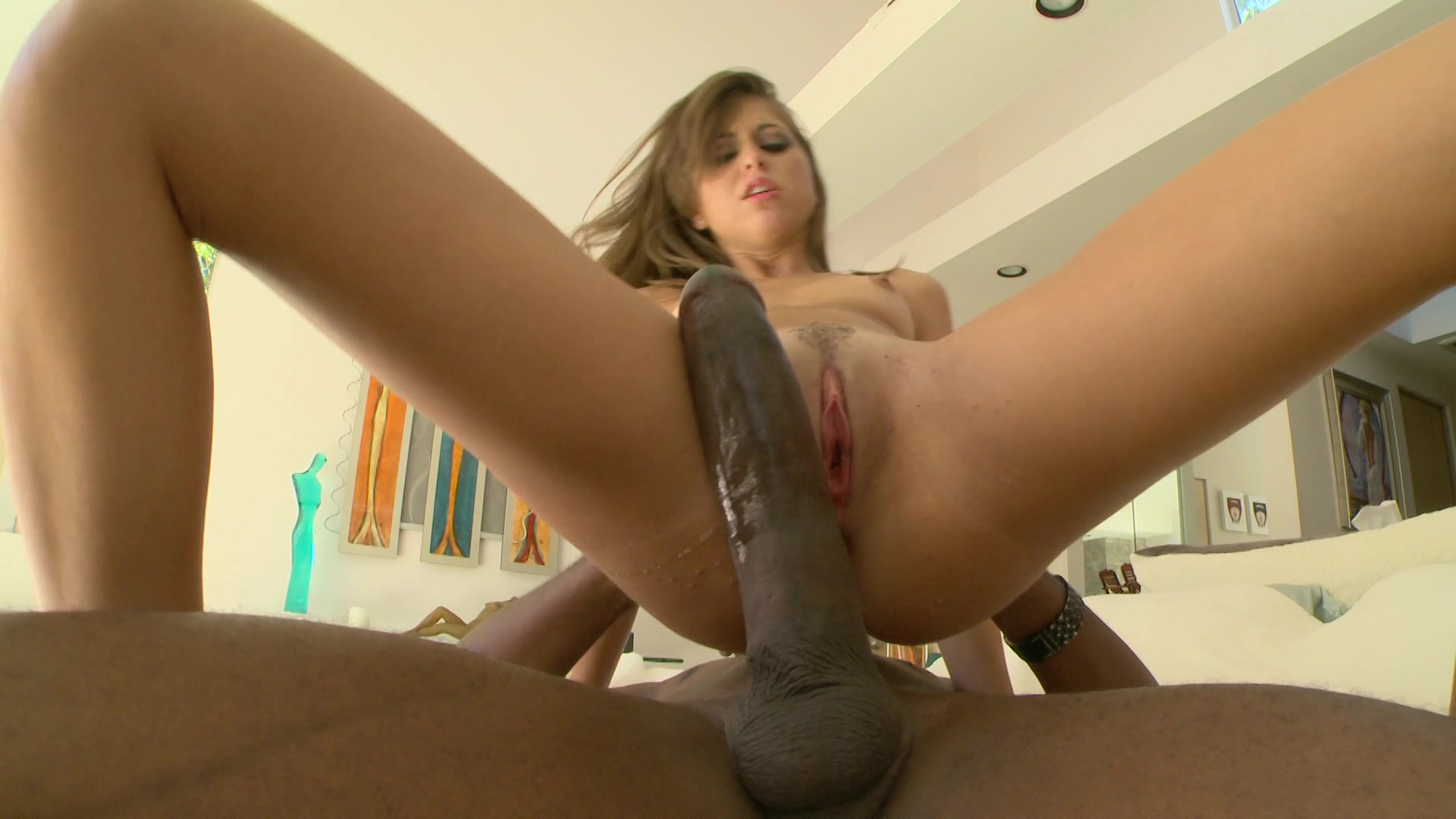AI-Generated Content
This article has been created using advanced AI technology to provide you with informative and engaging content.
AI-Curated Resources:
Sometimes, a movie comes along that truly sparks conversation, not always for the reasons you might expect. We're talking about the 1975 American historical melodrama, "Mandingo." This film, you see, focuses quite directly on the Atlantic slave trade, set in the American South before the Civil War. It’s a piece of cinema that, for many, is difficult to watch, and it certainly leaves a lasting impression, for better or worse. So, it's almost a good idea to know a bit about what you're getting into before you decide to give it a look.
The very name "Mandingo" itself points to the Mandinka people, a West African ethnic group. The film uses this term in a way that has, quite frankly, generated a great deal of debate and discomfort over the years. It’s a film that pulls no punches, portraying some very harsh realities of a period in history that was, to put it mildly, incredibly brutal. This kind of storytelling can be very unsettling, you know, and it makes people think about the past in a very direct way.
When you consider a film like this, it’s not just about the story on screen; it's also about the way it makes us feel and what it makes us question. This movie, as a matter of fact, has been called out for being quite rough, even described as "racist trash" by some, with its portrayal of people and their emotions. We will unpack some of the elements that contribute to its lasting, often unsettling, presence in discussions about film and history, perhaps even shedding some light on what a "mandingo party" might imply in this context.
Table of Contents
- The Film "Mandingo" - A Look Back
- What is the "Mandingo" film about, really?
- Who were the people bringing "mandingo party" to life?
- The Story's Setting - Where the "mandingo party" unfolds
- Falconhurst - A Plantation's Story
- What Makes "Mandingo" Such a Divisive Film?
- The Critical Response to "mandingo party" themes
- The Legacy of "Mandingo" - Echoes of a "mandingo party"
The Film "Mandingo" - A Look Back
The year 1975 saw the release of "Mandingo," a movie that aimed to show some of the very harsh parts of American history. It's a historical melodrama, which means it tries to tell a dramatic story set in a specific historical time, often with a lot of emotional ups and downs. This particular film, you know, zeroes in on the period before the Civil War, when slavery was a deeply ingrained part of life in the southern states. It pulls back the curtain on the Atlantic slave trade, showing some of the terrible things that happened during that time. The film's way of doing this has always been a point of contention, and that's something we really need to talk about. It’s a very specific kind of film, and its approach to such a serious topic is what makes it stand out, for better or worse. So, in a way, it forces you to confront some uncomfortable truths.
What is the "Mandingo" film about, really?
At its heart, "Mandingo" tells a story that is, quite honestly, pretty tough to take in. It centers on the realities of human ownership and the awful treatment of people during a dark time in history. The movie, it would seem, tries to show the sheer cruelty and the emotional pain that was part of the slave system. It looks at the lives of both those who were held captive and those who held them, showing the twisted relationships that grew out of such an unfair arrangement. The film's title, as a matter of fact, directly refers to the Mandinka people, which, in the context of the film, carries a very specific and often troubling weight. It’s a story that explores power, control, and the deep damage that can come from one person owning another. This is why, perhaps, the idea of a "mandingo party" in connection to this film might bring up some very serious thoughts about exploitation and human dignity, rather than anything celebratory.
The narrative, in some respects, is designed to shock and to confront the viewer with the brutal truths of that era. It doesn't shy away from showing the physical and emotional abuse that was commonplace. This makes it a very difficult watch for many people, and it certainly sparked a lot of discussion when it first came out. The movie’s goal, it seems, was to lay bare the depravity of the system, though its methods for doing so have been widely criticized. It’s a piece of work that, you know, really pushes the boundaries of what audiences were used to seeing, especially on such a sensitive subject. So, it's not a film that you can just casually watch and forget about; it tends to stick with you.
Who were the people bringing "mandingo party" to life?
The film "Mandingo" featured some well-known faces of its time, bringing the challenging roles to the screen. These performers had the job of portraying characters caught in a very difficult and often horrifying situation. Their work, you see, was central to how the film’s harsh story was told to audiences. It’s worth noting the main actors who took on these parts, as their performances really shaped how the movie was received and understood. They had to portray very complex and often morally questionable individuals, which, you know, is a big ask for any actor. So, in a way, they were at the heart of bringing this controversial narrative to the public.
Here’s a quick look at some of the key people involved:
| Actor's Name | Role in "Mandingo" | Notes on Portrayal |
|---|---|---|
| James Mason | Warren Maxwell | Portrayed the owner of Falconhurst plantation, a character embodying the entrenched attitudes of the time. His presence, you might say, added a certain gravity to the grim proceedings. |
| Susan George | Blanche Maxwell | Played a white woman caught in the plantation's twisted social structure. Her role often depicted the complex and often disturbing personal relationships within the setting, which, you know, added to the film's dramatic tension. |
| Perry King | Hammond Maxwell | Depicted the son of the plantation owner, a character with his own personal struggles, including a physical challenge. His actions and choices, it would seem, reflect the moral decay present in the story. |
These actors, as a matter of fact, had to step into roles that were, in many respects, quite demanding and controversial. Their performances were a big part of what made the film so impactful, and also, what made it so upsetting for many viewers. It takes a certain kind of courage, you know, to take on parts that are so deeply connected to such a painful chapter in history. They were, in essence, the faces of this very particular "mandingo party" that the film presented.
The Story's Setting - Where the "mandingo party" unfolds
The story of "Mandingo" is set in a very specific place and time: a run-down plantation called Falconhurst, located in the American South before the Civil War. This setting is absolutely central to the film's themes and the harsh realities it aims to show. It’s not just a backdrop, you know; it’s practically a character in itself, embodying the decay and moral rot of the slave system. The condition of the plantation, in a way, reflects the condition of the people who live and work there, whether by choice or by force. This kind of environment, you see, is where the difficult events of the film play out, shaping the lives and interactions of everyone involved. So, it really helps set the tone for the entire picture.
Falconhurst - A Plantation's Story
Falconhurst is not some grand, thriving estate; quite the opposite, it’s depicted as a place that is falling apart, much like the system it represents. Warren Maxwell owns this property, and his son, Hammond Maxwell, largely handles its daily operations. Hammond, it turns out, walks with a slight limp, a result of a childhood accident, which adds another layer to his character and his personal struggles within this harsh environment. The film, in some respects, uses Falconhurst to show the decline and the moral bankruptcy that can come from a system built on human exploitation. It’s a place where relationships are twisted, and human dignity is often ignored. This setting, you know, creates a very oppressive atmosphere, where the idea of any kind of "party" is far from anything joyous or celebratory. Instead, it’s a place of suffering and control, which, you know, is a very stark contrast to what the word "party" usually brings to mind.
The daily life at Falconhurst, as portrayed in the film, is one of constant tension and brutal power dynamics. The film aims to show how the lives of both the enslavers and the enslaved were shaped by this oppressive system, albeit in vastly different ways. It delves into the personal stories and interactions that take place within these confines, highlighting the despair and the lack of freedom. This kind of detailed look at a specific place helps to ground the film’s broader message about the horrors of the slave trade. It’s a very uncomfortable depiction, and that, you see, is precisely what the filmmakers were going for. So, in a way, Falconhurst becomes a symbol of the entire era's injustices.
What Makes "Mandingo" Such a Divisive Film?
From the moment it hit screens, "Mandingo" has been a movie that really splits opinion. It’s not a film that people tend to feel neutral about; they either have very strong reactions to it or find it incredibly hard to watch. Part of what makes it so divisive is its blunt and often graphic portrayal of the Atlantic slave trade. It doesn't sugarcoat anything, which, for some, is a necessary, albeit painful, way to tell this part of history. For others, however, the way it presents these terrible events feels exploitative or even sensationalized. This difference in how people view its approach is, you know, a big reason why it continues to be talked about with such passion. It forces a conversation about historical representation, and how far is too far when showing human suffering. So, it's a film that definitely makes you think about its intentions and its impact.
The Critical Response to "mandingo party" themes
The film's reception from critics was, to say the least, very mixed, and often quite harsh. One particular review called "Mandingo" "racist trash," going on to say it was "obscene in its manipulation of human beings and feelings," and "excruciating to sit through." This kind of strong language shows just how much the film upset some viewers, especially when it was seen by audiences that included children. The criticism often focused on the film's perceived lack of sensitivity and its willingness to use shocking content, perhaps just for the sake of it. The idea of a "mandingo party" in this context, you see, might even bring to mind the film's controversial scenes and how they were presented, rather than any actual social gathering. It’s a film that, in a way, sparked outrage because of its content and how it chose to present such sensitive historical events. So, it was definitely not a film that everyone could easily digest.
Beyond the immediate shock, the film’s handling of race and power dynamics also drew significant fire. Critics questioned whether it truly shed light on the historical period or if it simply exploited the suffering for dramatic effect. The film’s ability to manipulate emotions was seen by some as a negative, rather than a positive, quality. This ongoing debate about its artistic merit versus its ethical responsibilities is, you know, a big part of its lasting legacy. Even today, if you look at places like Rotten Tomatoes, you can see the discussions about its ratings and reviews, which shows that people are still thinking about it. It’s a film that, apparently, continues to make people uncomfortable, and that’s a very powerful thing for a movie to do, even decades later.
The Legacy of "Mandingo" - Echoes of a "mandingo party"
Even years after its release, "Mandingo" remains a topic of discussion, often brought up in conversations about controversial cinema and the portrayal of slavery in film. Its impact, it would seem, goes beyond its initial run in theaters, continuing to provoke strong reactions and critical analysis. The film has, in a way, become a reference point for debates about historical accuracy, exploitation, and the responsibilities of storytelling. It’s a movie that, you know, doesn't just fade away; it continues to be watched, discussed, and judged by new generations of viewers and scholars. This persistent presence in cultural discourse is, in some respects, a testament to its raw power, even if that power is often unsettling. So, it really leaves a mark on people who see it.
The term "mandingo party," when heard, might, for some, bring to mind the film's harsh realities and the very specific, often disturbing, themes it explores. It’s a phrase that, perhaps, carries an echo of the film’s depiction of power dynamics and human exploitation, rather than any celebratory meaning. The film’s influence, you see, lies not in being a beloved classic, but in its role as a challenging and often uncomfortable piece of cinematic history. It forces people to confront aspects of the past that are difficult to face, and that, you know, is a very significant thing. So, its legacy is very much tied to its ability to stir up strong feelings and provoke deep thought about historical injustices.
AI-Enhanced Visual Content


